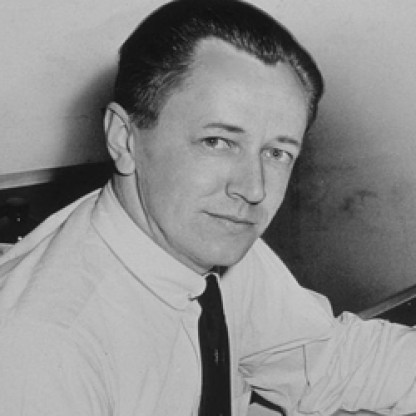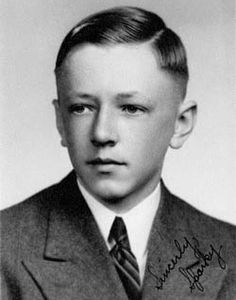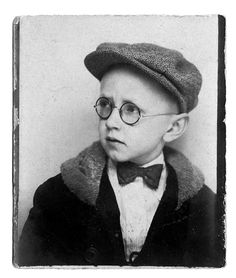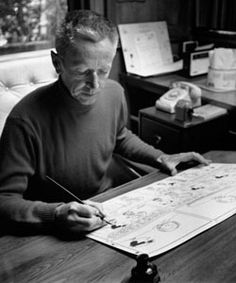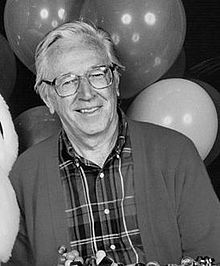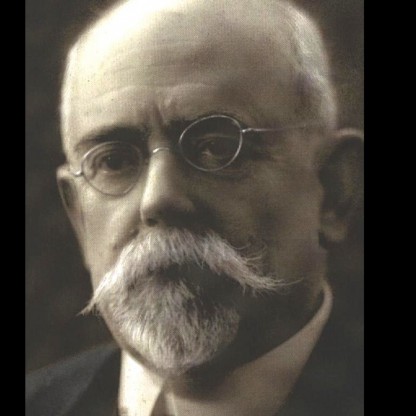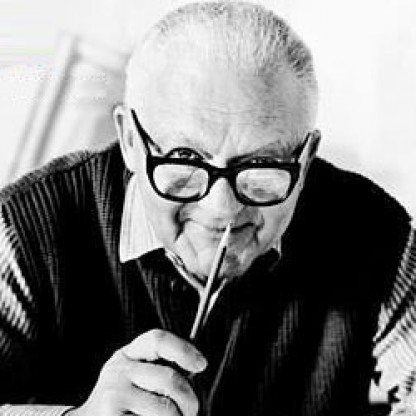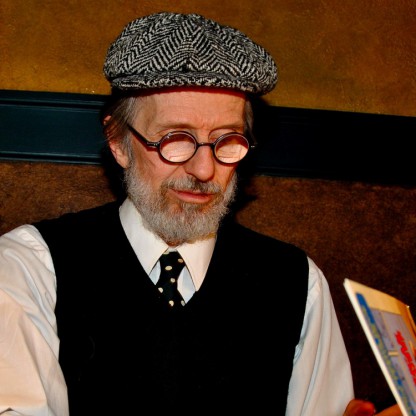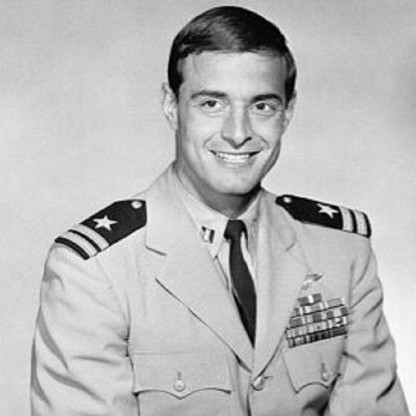Awards and nominations:
Schulz received the National Cartoonists Society's Humor Comic Strip Award in 1962 for Peanuts, the Society's Elzie Segar Award in 1980, and was also the first two-time winner of their Reuben Award for 1955 and 1964, and their Milton Caniff Lifetime Achievement Award in 1999. He was also an avid hockey fan; in 1981, Schulz was awarded the Lester Patrick Trophy for outstanding contributions to the sport of hockey in the United States, and he was inducted into the United States Hockey Hall of Fame in 1993. On June 28, 1996, Schulz was honored with a star on the Hollywood Walk of Fame, adjacent to Walt Disney's. A replica of this star appears outside his former studio in Santa Rosa. Schulz is a recipient of the Silver Buffalo Award, the highest adult award given by the Boy Scouts of America, for his service to American youth.
A proponent of manned space flight, Schulz was honored with the naming of Apollo 10 command module Charlie Brown, and lunar module Snoopy launched on May 18, 1969. The Silver Snoopy award is a special honor awarded to NASA employees and contractors for outstanding achievements related to human flight safety or mission success. The award certificate states that it is "In Appreciation" "For professionalism, dedication and outstanding support that greatly enhanced space flight safety and mission success."
On January 1, 1974, Schulz served as the Grand Marshal of the Rose Parade in Pasadena, California.
Schulz was a keen bridge player, and Peanuts occasionally included bridge references. In 1997, according to Alan Truscott, the American Contract Bridge League (ACBL), awarded both Snoopy and Woodstock the honorary rank of Life Master, and Schulz was delighted. According to the ACBL, only Snoopy was awarded the honor.
On February 10, 2000, two days before Schulz's death, Congressman Mike Thompson introduced H.R. 3642, a bill to award Schulz the Congressional Gold Medal, the highest civilian honor the United States legislature can bestow. The bill passed the House (with only Ron Paul voting no and 24 not voting) on February 15, and the bill was sent to the Senate where it passed unanimously on May 2. The Senate also considered the related bill, S.2060 (introduced by Dianne Feinstein). President Bill Clinton signed the bill into law on June 20, 2000. On June 7, 2001, Schulz's widow Jean accepted the award on behalf of her late husband in a public ceremony.
Schulz was inducted into the United States Figure Skating Hall of Fame in 2007.
Schulz was the inaugural recipient of The Harvey Kurtzman Hall of Fame Award, accepted by Karen Johnson, Director of the Charles M. Schulz Museum, at the 2014 Harvey Awards held at the Baltimore Comic Convention in Baltimore, Maryland.

